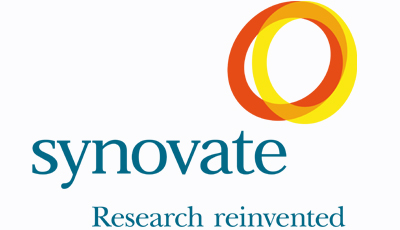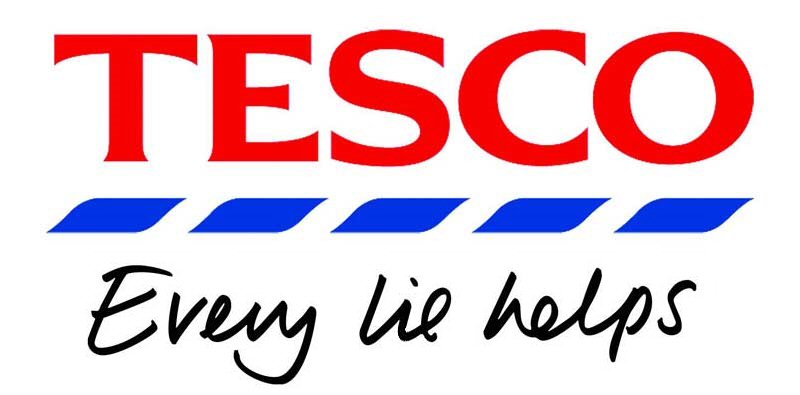1. Power Distance
This concept represents the "distance" between equalities of workers and the head of business.
Some cultures practice low power distance which means less formal relationships, more democratic and friendly environment between the leaders and the employees.
High power distance cultures give importance to the hierarchical positions which causes unequal distribution of power and more autocratic environment.
2. Uncertainty Avoidance
This aspect relates to the near future and the changes. people who work in high uncertainty environment tend to be more stressed, emotional and have hard time adapting to changes. This is a result of many strict rules and being tight up. People with low uncertainty environment have as few rules as possible which leads to more friendly, less stressful and easily adaptable environment.
3. Individualism versus Collectivism
Individualism represents people who have larger number of loose relationships but in fact it is a everyone-for-himself way of achieving goals. Collectivism requires tight relationships and teamwork with benefit for all.
4. Masculinity versus Femininity
This aspects focuses on the quality of life vs quantity of life loved. Masculine features consists of more competitive, assertive and materialist behavior while femininity is represented by feelings, reason and maintenance of good relationships.
5. Long Term versus Short Term Orientation
Long term focuses on the future of the company, giving importance to persistence and savings. Short term orientation focuses on the present and past and highlights traditions, tries to reach favorable return and therefore fulfills social obligations.
6. Indulgence versus Restraint
Japan
Japan is known as the most masculine country in the world since people fiercely compete for sucess. This is related to the long history of samurai.
 At the same time, it has moderately high power distance that is believed to be right by the Japanese, deriving from its long history and traditions. Yet the member of the same company is almost thought as of a member of the family.
At the same time, it has moderately high power distance that is believed to be right by the Japanese, deriving from its long history and traditions. Yet the member of the same company is almost thought as of a member of the family.Individualism is seen in Japan, however, people are concentrated in smaller groups to which members they are very loyal.
High score of uncertainty can be seen in the many protocols and rules that are always used to avoid making mistakes and changes.
The Japanese have long term orientation that sprouts from their attitude towards the work: persistence, sense of shame and loyalty to their group. They therefore focus more on the bigger picture with outcomes that are more worth it.
Australia
Low power distance in Australia is seen when the managers and other leaders rely on individual employees. At the same ime communication is informative and direct, yet friendly.
 High individualism is represented by people who are expected to look after themselves and very close families. The promotions are given based on what one can do and his abilities alone.
High individualism is represented by people who are expected to look after themselves and very close families. The promotions are given based on what one can do and his abilities alone.This masculine society believes into "the winner takes it all" attitude, whether in school or at work.
People are relatively accepting to the new ideas yet do not show emotion much, which shows the border on the uncertainty avoidance scale.
In Australia people look for quick results, give importance to the traditions and therefore focus on short term orientation.
Slovakia
 In Slovakia, people whow their pover, not necessary in a negative way but they draw a clear line between the various ranks which shows high power distance.
In Slovakia, people whow their pover, not necessary in a negative way but they draw a clear line between the various ranks which shows high power distance.This is an individualistic society yet very close to the middle which shows that people work for themselves yet work hard on not being rude and still somwehat work in groups.
High masculinity score shows thatt people strive for winning and success.
Uncertainty is close to the middle, where people try hard to avoid uncertainty.
Importance is giving to analytical thinking and focuses on present which shows short term orientation.
Sources:
- http://geert-hofstede.com/dimensions.html
- http://en.wikipedia.org/wiki/Hofstede%27s_cultural_dimensions_theory
- http://geert-hofstede.com/slovakia.html


















